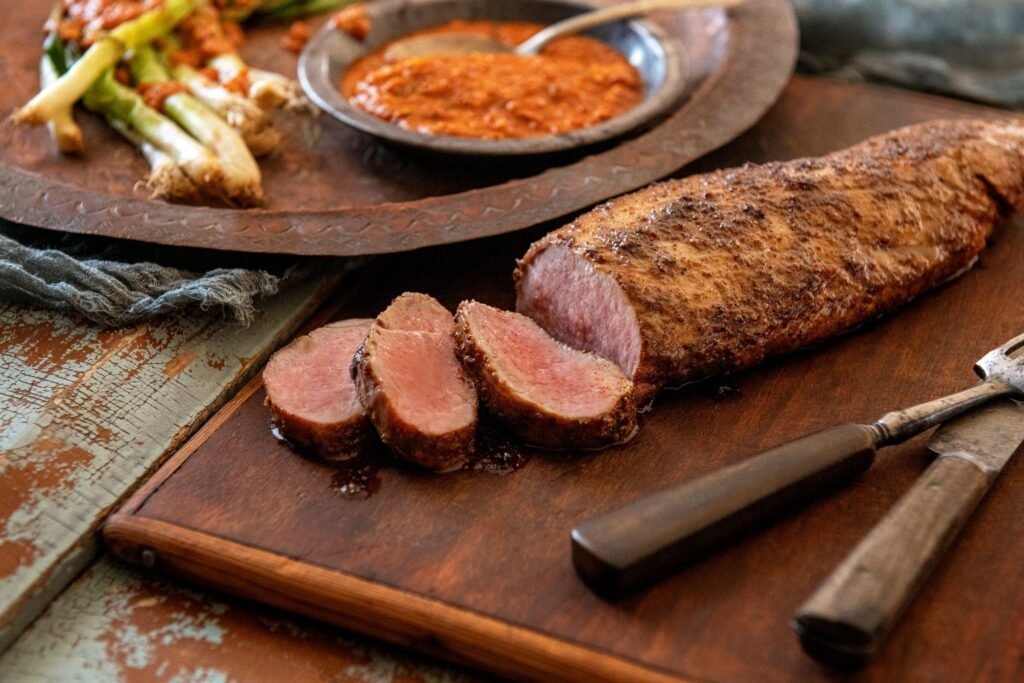Managing margins in Midwest pork production involves a delicate maneuvering between shifting global tariffs and accelerating technological innovations. Few sectors evoke the complex interplay of international commerce and digital disruption so distinctly as does swine agriculture. For many producers across Iowa, Minnesota, Illinois—a trio whose output routinely composes over 60% of total U.S. pork—2025 began with both promise and peril: robust export channels facing unprecedented disruption.
Tariffs rise irregularly yet fiercely, catching financial forecasts off guard. Just two months prior, an escalation—new 25% levies imposed on Canadian and Mexican goods by U.S. policymakers—threatened to hammer profitability already whittled down by years of market volatility. Canada responded instantly; their own tariffs shadowed American ones at 25%. Retaliation spread further when China placed duties between 10%–15% on pork alongside soybeans (and beef), sharply limiting the market reach for those bulk commodities grown in the Corn Belt region.
Why do these numbers matter? The answer is market access: almost a quarter of all American pork is exported annually, with Mexico frequently accounting for the largest individual nation share. Difficult negotiations or tit-for-tat retaliations don’t just winnow exports—they ripple through an interconnected supply chain that straddles borderlines sometimes arbitrarily drawn on old maps.
Perhaps paradoxically, even while fresh tariffs increase the cost to send frozen cuts abroad (sometimes rendering sales unprofitable), Midwest packers must also pay more for weaned pigs imported from Canada—a quintessential modern irony since free trade had long enabled efficient herd replenishment cycles in places like Minnesota or Iowa without much fuss until recently.
Regarding technology’s influence: rapid uptake in advanced analytics, robotics-driven feeding systems, AI-enabled environmental monitoring have become less optional than existentially required; still not every operator views high-tech solutions identically. Some larger establishments automate continuously—from temperature regulation for farrowing sows to real-time inventory tracking—but smaller farms often hesitate before onboarding top-shelf platforms due to steep upfront investment costs relative to uncertain future gains.
As Lori Stevermer noted before Congress this spring: “We get young weaned pigs from Canada that would be affected by these tariffs… it adds cost.” This effect multiplies unevenly across operations depending upon scale and configuration; integrated producers able to source internally might absorb price hikes better than independent finishers locked into pre-existing contracts with cross-border suppliers who now pass along surcharges born out of diplomatic impasse rather than biological necessity.
Margins thus shrink from both sides—the expense column balloons while foreign demand wanes thanks partly because retaliatory measures aren’t always matched dollar-for-dollar but rather calibrated strategically (for instance targeting sectors heavily concentrated within key political battlegrounds). Farm bureaus warn about impact cascading beyond just hog barns: feed grain prices can fall if livestock herds contract but fertilizer costs may conversely rise as inputs imported under new taxes inflate budgets further down the line due to commodity entanglements most consumers never directly see at checkout stands.
Unpredictability stalks each quarterly forecast now more than ever before; “no winners,” said one Southern Minnesota producer recently when describing tariff fomented uncertainty blanketing his entire local economy—a statement slightly at odds with others who did claim isolated windfalls following brief spikes in domestic spot prices after disruptions abroad created temporary scarcities domestically (although most agree such boons rarely compensate longer-term export erosion).
Tech pivots occasionally generate their own indirect stressors too—for example biosecurity platforms linked via IoT can flag early signs of disease risk rapidly but surge data management requirements beyond what aging rural IT systems easily accommodate—and so unexpected cyber vulnerabilities sometimes creep in unannounced during transition periods from legacy protocol toward cloud-based integration frameworks which are assuming primacy industry-wide whether universally welcomed or not!
Structurally speaking then—inconsistent policy at national levels collides unpredictably against global supply architecture reliant upon smooth flows northward and southward as well as eastward across Pacific ports; meanwhile outsourced code reviews vie silently with traditional hands-on animal husbandry where trust is built through generational repetition rather than software patches scheduled weekly over patchy Wi-Fi connections outside Des Moines or Cedar Rapids where some barns haven’t seen large capital upgrades since prior boom times circled decades ago—except perhaps electrical outlets reconfigured hastily one winter several years back when regulations shifted ammonia emissions thresholds sooner than anybody expected them too quickly!
In conclusion—or perhaps merely pausing midpoint beside muddy access roads leading toward gleaming climate-controlled confinement houses ringed by fields alternating between soybean stubble and emerging corn stalks—the arithmetic remains stubbornly difficult even for efficient operators possessing good credit lines plus pragmatic optimism honed during leaner harvest stretches last decade. Only thing predictable appears uncertainty itself—and maybe this year’s piglets will fetch marginally higher prices (unless something else intervenes Thursday afternoon).

